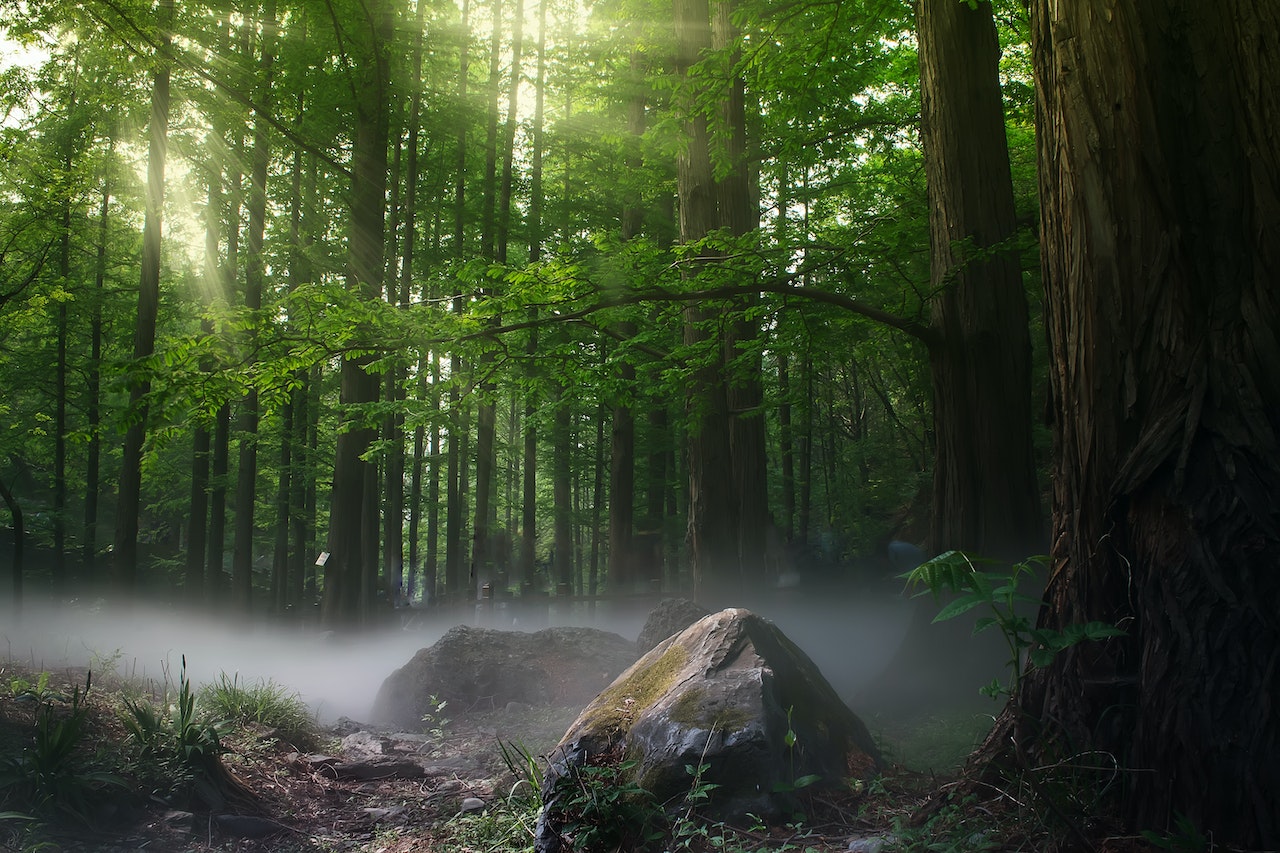This post was originally published on Healthy Forest
Two-and-a-half years after Russia’s invasion of Ukraine, you may be surprised to learn manufactured wood products constitute over 50% of the trade between the United States and Russia in 2024.
As American sawmills in the West close their doors, Russian plywood imports are surging into U.S. markets. According to Wood Central, Russian plywood imports have jumped 53% in recent months.

While the United States struggles with a national wildfire and smoke crisis, Russia has become one of the primary suppliers of so-called “Blood Timber.” This influx of Russian timber is occurring despite sanctions on many Russian exports due to the Ukraine war. Environmental and trade experts warn that American reliance on Russian timber may inadvertently support Russia’s ongoing conflict.
Here at home, decades of anti-forestry obstruction and environmental litigation have delayed responsible forestry practices, leaving U.S. forests vulnerable to wildfires. As a result, wildfires are becoming more frequent and severe, decimating landscapes, destroying homes, and polluting the air across the West. With millions of acres burning each year, the impact on communities is devastating.
Proactive and science-based forest management can help reduce these risks, while providing wood fiber to make things we use everyday.
The consequences are clear: while America fails to manage its forests, wildfires rage, sawmills close, and foreign entities profit. If current trends continue, communities will remain at risk, forests will burn, and American jobs will be lost—all while Russian oligarchs continue to benefit from the U.S. plywood trade.
Now is the time to push for responsible forest management policies, revitalize domestic timber production, and reduce reliance on foreign imports to protect both American jobs and our environment.
Source: Healthy Forest





0 Comments